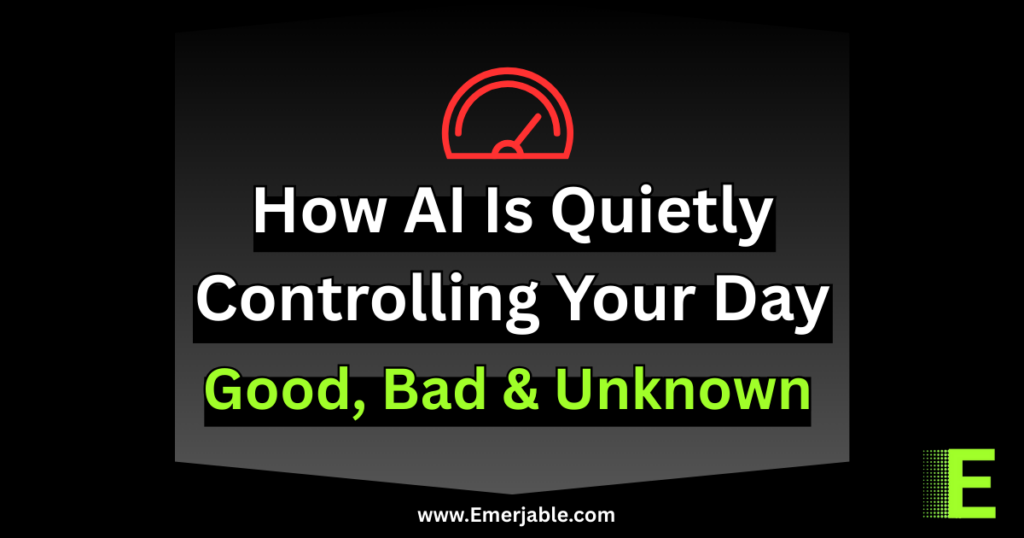Artificial Intelligence (AI) is no longer just a futuristic concept. It’s part of the world around us — helping us shop smarter, drive safer, work faster, and even stay healthy. But while AI brings a lot of advantages, it also comes with risks.
In this blog, we’ll break down how AI is affecting our daily life in both positive and negative ways, using simple language and bullet points for easy understanding.
Positive Effects of AI in Daily Life
AI is making life easier, faster, and more personalized in many areas:
1. Smarter Personal Assistants
- Tools like Siri, Alexa, and Google Assistant help you set reminders, check the weather, and get answers quickly.
- They save time by handling small tasks for you.
2. Better Online Shopping Experience
- Platforms like Amazon and Netflix use AI to recommend products or content based on your behavior.
- It makes finding what you want faster and easier.
3. Improved Healthcare
- AI helps doctors detect diseases early by analyzing medical scans.
- Virtual health assistants are available 24/7 to answer basic health questions.
4. Safer and Smarter Driving
- Features like automatic braking, GPS routing, and lane detection are powered by AI.
- Self-driving cars are also becoming more common.
5. Smart Email and Messaging
- AI filters spam and suggests auto-replies in Gmail and other platforms.
- This improves your communication efficiency.
6. Workplace Productivity
- AI tools like ChatGPT and Grammarly help professionals write faster and organize work better.
- Scheduling assistants, data analysis tools, and meeting summaries are all AI-powered.
7. Personalized Content
- Social media platforms use AI to show content you’re more likely to engage with.
- This includes ads, posts, and videos tailored to your interests.
Negative Effects of AI in Daily Life
With all its benefits, AI also brings challenges:
1. Job Loss
- AI is replacing some human jobs, especially in repetitive or routine tasks.
- This can lead to unemployment in certain industries.
2. Privacy Concerns
- AI collects data about what you like, watch, and buy.
- Some people worry about how their data is being used or sold.
3. Algorithm Bias
- AI can be biased if trained with unfair or limited data.
- This affects decisions in hiring, lending, or even policing.
4. Increased Screen Time
- AI-powered content recommendations can lead to addictive usage.
- This impacts mental health and reduces face-to-face interactions.
5. Overdependence
- Relying too much on AI may reduce our ability to think or act independently.
- Tasks like writing, calculating, or driving might suffer.
6. Security Threats
- AI can be misused to create fake content (deepfakes), phishing scams, or cyberattacks.
- Spotting what’s real is becoming harder.
7. Economic Inequality
- Big companies can afford powerful AI tools, while small businesses often cannot.
- This widens the gap between rich and poor.
Real-Life Examples of AI
| Sector | How AI Helps |
|---|---|
| Healthcare | Diagnoses diseases early |
| Finance | Detects fraud and manages risk |
| Education | Offers personalized learning paths |
| E-commerce | Recommends products based on your needs |
| Entertainment | Suggests music, shows, and movies |
Final Thoughts
AI is changing our lives in amazing ways. It helps us live smarter, work faster, and solve problems more efficiently. But it also brings serious risks like job loss, privacy issues, and security threats.
The key is to use AI responsibly—to enjoy its benefits while protecting ourselves from its downsides.

